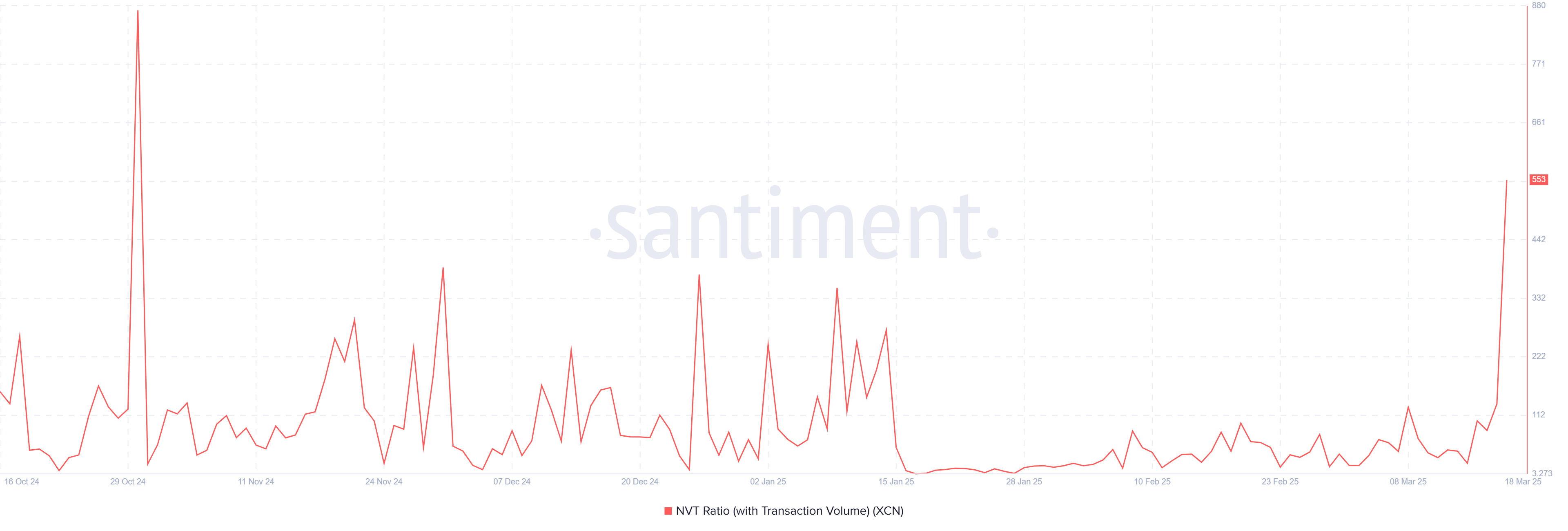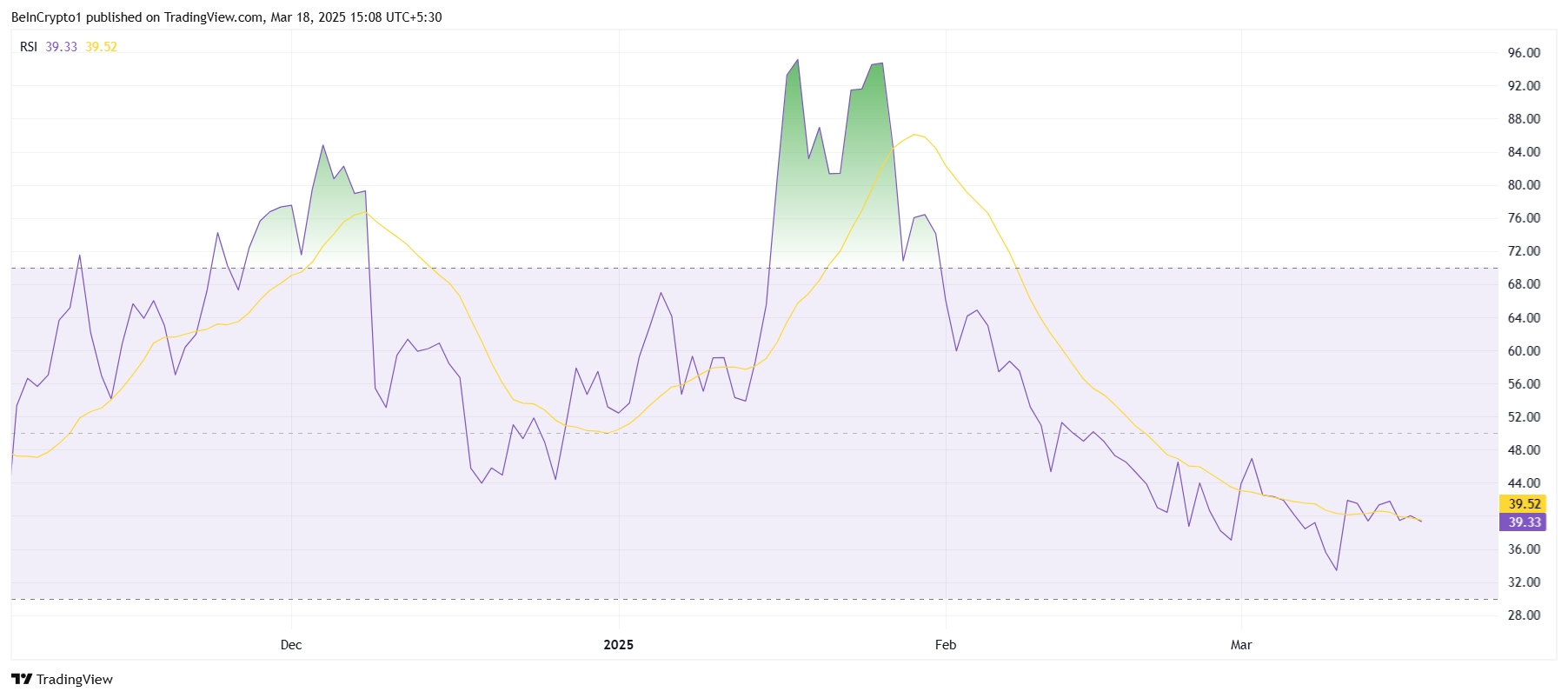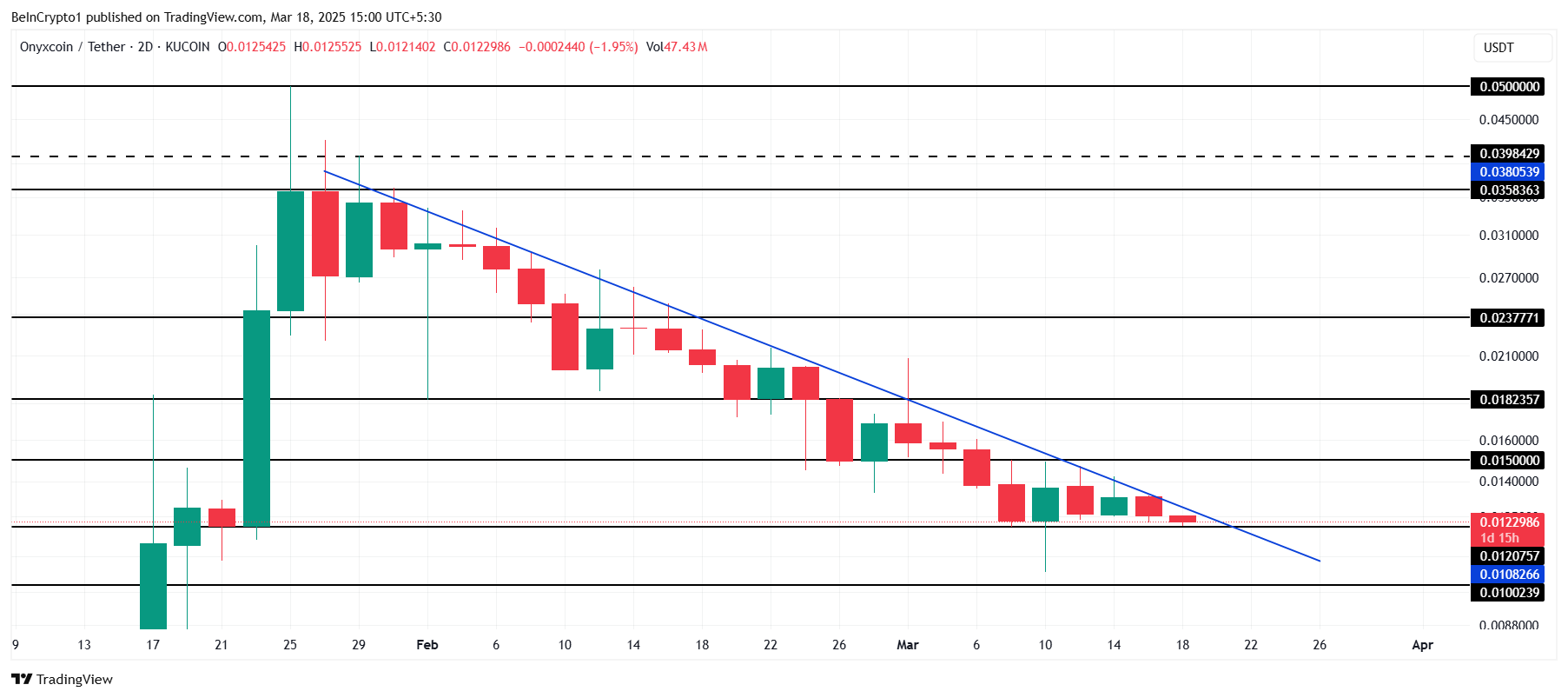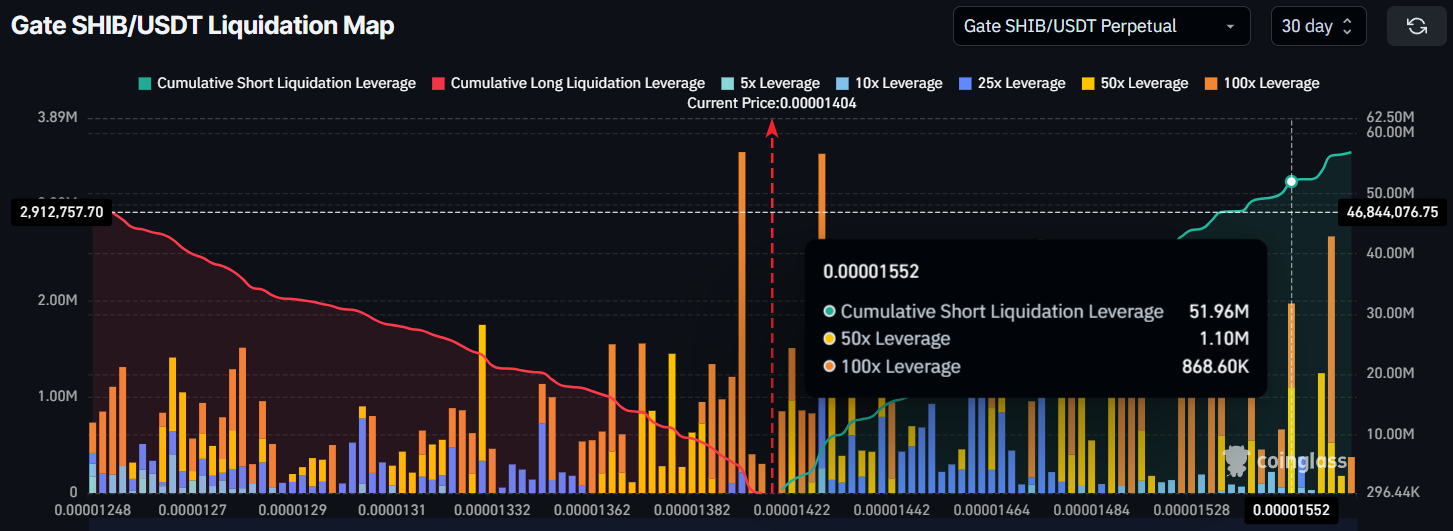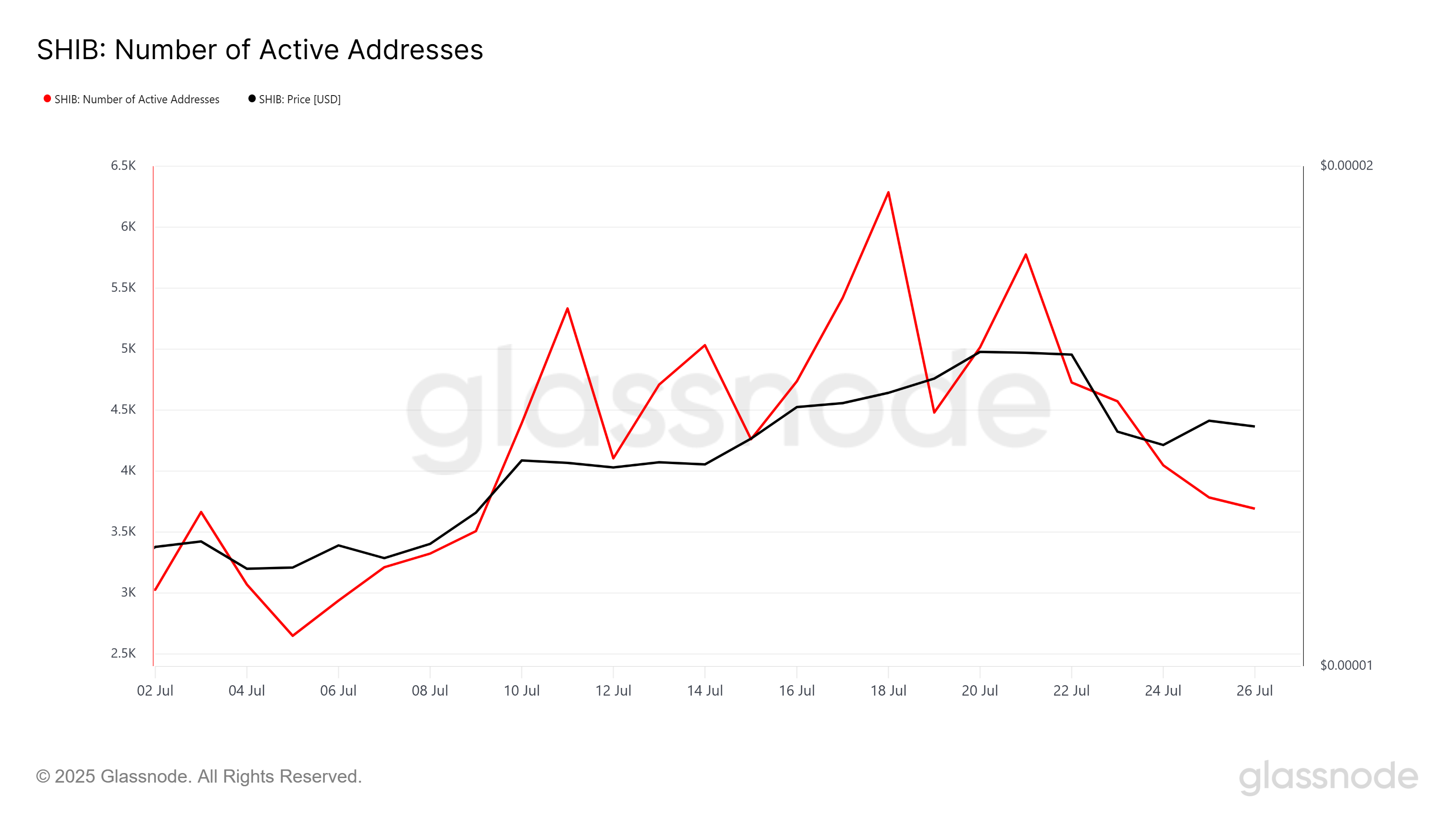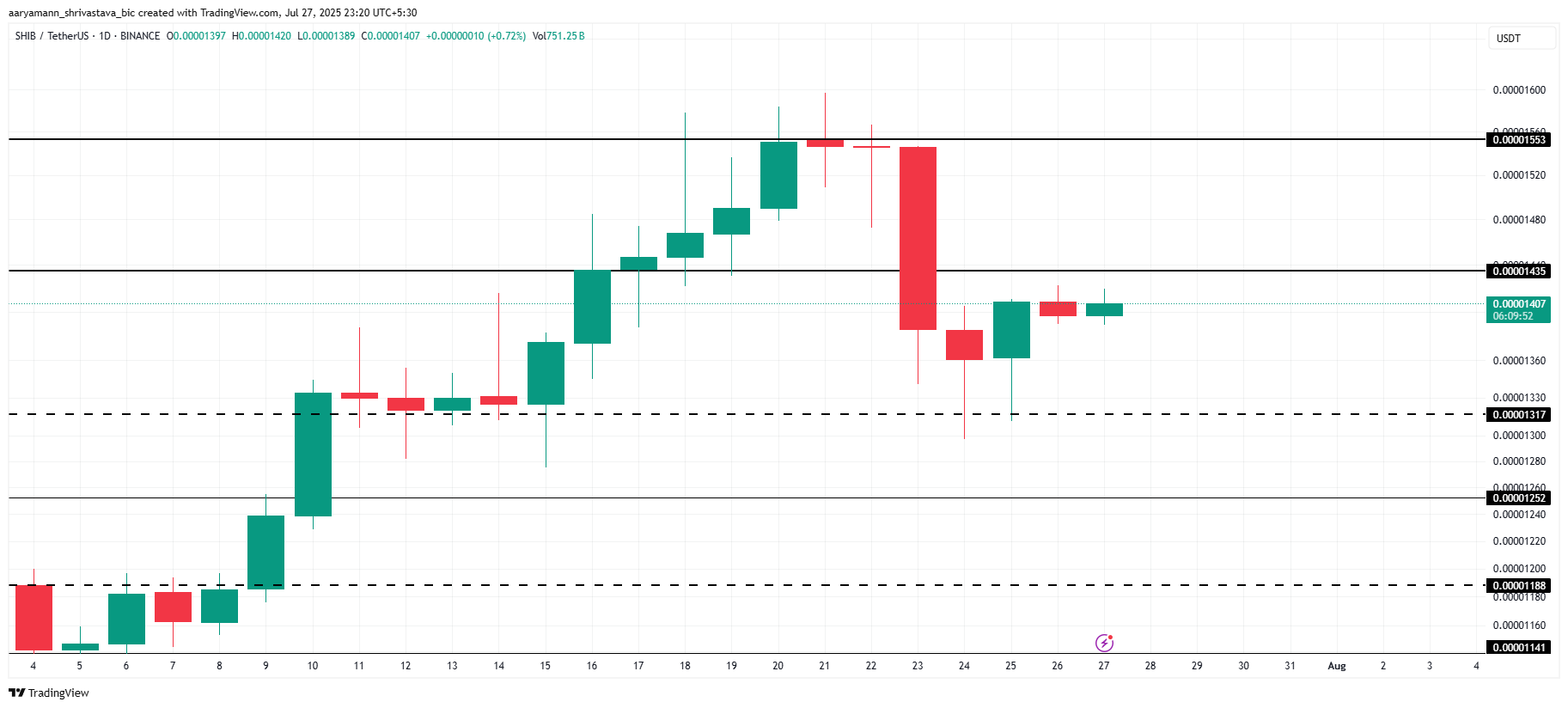HTX DAO successfully hosted the HTX DAO Dubai Whale Night 2025, bringing together top builders, investors, and industry leaders for a high-impact evening of insights, product reveals, and ecosystem strategy.
The event’s central focus was a keynote speech by Justin Sun, Advisor to HTX and Founder of TRON, delivering a clear message about HTX’s momentum and vision for global expansion.
“Currently, HTX is among the top five offshore exchanges and continues to expand,” Sun stated. “We are completely focused on the Middle East and are also targeting clients from the CIS region and Europe.”
Sun also emphasized HTX’s commitment to long-term regional growth and global reach. He highlighted the platform’s U.S. ambitions, stating, “The TRX ETF application in the United States represents significant progress. Over the next few years, we will focus on U.S. development to increase our international footprint, which I think is extremely important for both HTX and our broader strategy.”
He added that HTX is expanding its trading ecosystem with projects like USDD and $TRUMP and invited users around the world to share ideas.
HTX DAO Drives Growth, Deepens Ecosystem Governance
Molly, Spokesperson for HTX and Ambassador of HTX DAO, shared updates on platform performance and DAO integration. In Q1 2025, HTX became the only top 10 global exchange to increase spot trading volume, boasting over 50 million registered users and a 210% increase in net deposits. HTX continues to maintain a reserve ratio above 100%.
She noted that the platform’s success stems from its “security, transparency, and precise market sensitivity.” Looking ahead, HTX will strengthen DAO integration, enabling the community to participate in governance and listing decisions through decentralized voting. This blend of centralized efficiency and decentralized control is key to HTX’s future.
SVIP Benefits Unveiled, $1M Recruitment Program Launches
HTX officially unveiled its upgraded SVIP benefits system, tailored for high-frequency traders, institutional clients, and long-term holders. The system focuses on three pillars: cost efficiency, capital efficiency, and exclusive privileges.
Key highlights include:
- Ultra-low fees: Spot maker fees as low as 0.0126%, futures maker fees as low as 0%, dramatically reducing transaction costs.
- Efficient margin and crypto loans: Enjoy up to 9% discount on margin interest rates, flexible loans, and zero service fees. Eligible users can access up to $20 million in credit lines per account, with Fireblocks custody integration to ensure asset safety.
- SVIP-only privileges: 1-on-1 account managers with 24/7 support, Improved API rate limit, and invitations to private SVIP gatherings.
SVIP users can further enhance returns by optimizing their Prime tier levels, potentially saving up to $10,000 in monthly fees and increasing overall yields by up to 20%.
To mark the launch, HTX is rolling out a $1 million SVIP recruitment campaign:
- Invite new users to become SVIPs and earn up to $5,000 in USDT
- Enjoy double rewards for VIP users migrating from other platforms
- Earn an additional $2,000 cashback voucher when referring multiple qualified users
More SVIP-exclusive benefits will be unveiled in mid-May, further elevating the premium trading experience for top-tier clients.
About HTX DAO
As a multi-chain deployed decentralized autonomous organization (DAO), HTX DAO demonstrates an innovative governance approach. It pioneers a blended CeFi/DeFi paradigm, including listing and community governance, through its focus on building an exchange DAO and a free financial hub ecosystem. Unlike traditional corporate structures, it adopts a decentralized governance structure composed of a diversified group, jointly committed to the success of this organization. This unique ecosystem advocates openness and encourages all DAO participants to propose ideas that can promote the development of HTX DAO.
Website: www.htxdao.com
The post HTX DAO Dubai Whale Night 2025 Concludes: Partnering with HTX to Unlock Long-Term Ecosystem Value appeared first on BeInCrypto.





